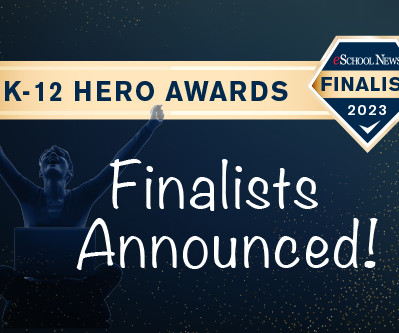How can we close the digital divide?
The Hechinger Report
FEBRUARY 1, 2024
Department of Education aims to highlight that disparity and many other inequities in the use and design of ed tech, as well as access to it. The report also offers ways that those digital divides can be mitigated. “We The post How can we close the digital divide? In addition, the report covers AI and data privacy.















Let's personalize your content